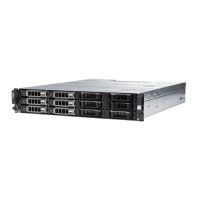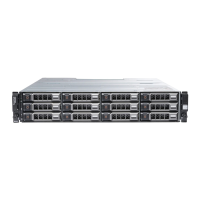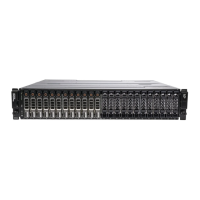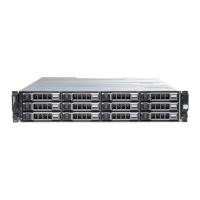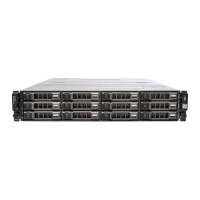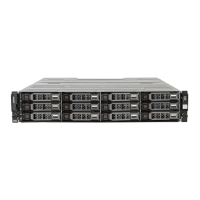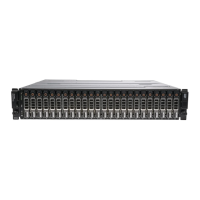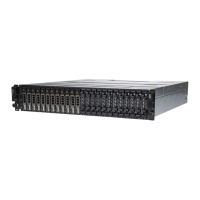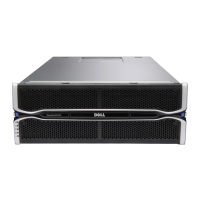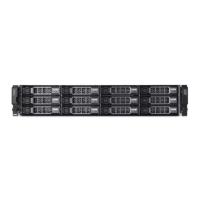What to do if I cannot communicate with the Dell Software application server?
- JJanet MillerJul 30, 2025
If you're having trouble communicating with the application server, check the firewall settings to ensure the Jetty TCP port is enabled. Also, verify that the cimserver/Pegasus server service is started on the application server; if it's stopped, start it. Finally, confirm that the Jetty6-Service is running on the application server; start it if it isn't.
